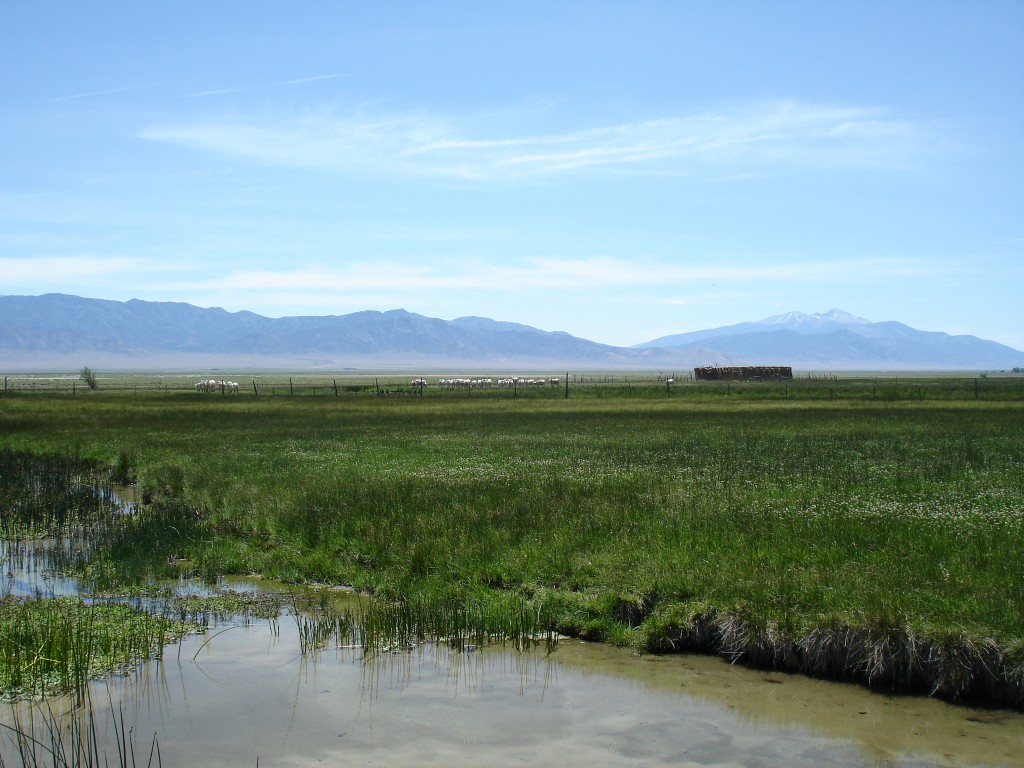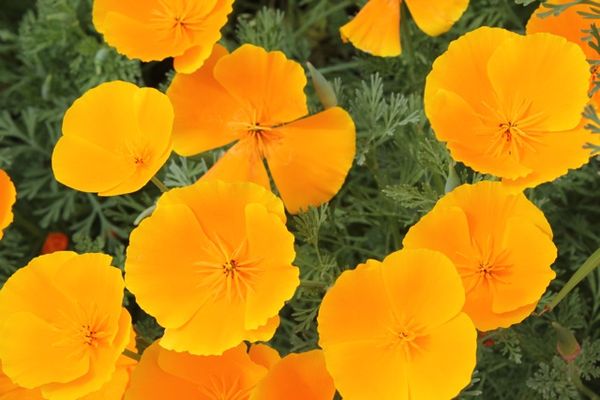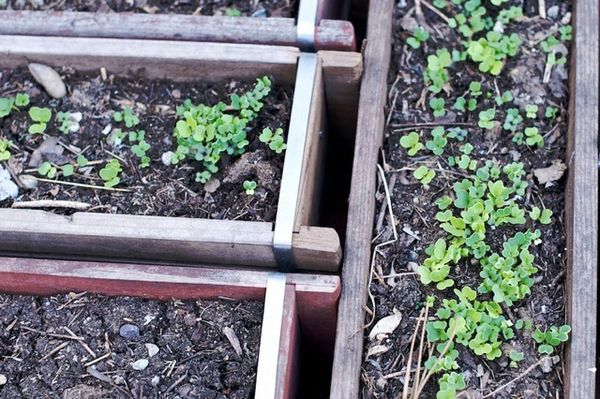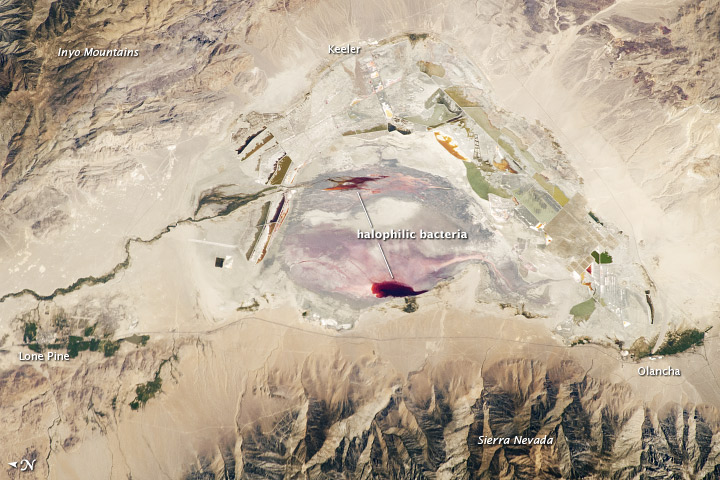Vegas water hearings
Posted on | September 25, 2011 | No Comments

Omnibus hearings before the State Engineer of Nevada that will decide the fate of Las Vegas’s bid to tap the groundwater of four valleys in the Great Basin begin Monday, September 26th in Carson City. If you can’t be there, you can still see there. Click here for webcasts and here for a schedule of witnesses, beginning with the Southern Nevada Water Authority, then following with representatives from ranches, Utah’s Millard County, the Great Basin Water Network, the Long Now Foundation, the Church of Latter Day Saints and the Confederated Tribes of the Goshute. Expect to hear the Southern Nevada Water Authority argue that it needs rural water to keep Las Vegas the economic motor of Nevada, and protestants to dwell on the devastation that broad-scale groundwater pumping would bring the Great Basin. The hearings were ordered after previous awards for Las Vegas from Cave, Dry Lake, Delamar and Spring (above) valleys were voided on grounds that protestants were denied due process and a previous state engineer had not competently assessed native reserves of groundwater.
Tags: Emily Green > Great Basin Water Network > hearings > Southern Nevada Water Authority
The Dry Garden: Fall planting season
Posted on | September 23, 2011 | No Comments

The question comes every spring as our state flower, Eschscholzia californica, blooms. “Is it too late to plant poppies?” The answer is no, it’s not too late. It’s perfectly late. Whether sowing wildflowers, or planting perennials and woody herbs and shrubs, or putting natives into the ground, the best time to plant here is in late fall or early winter. The idea is to do what the plants do naturally: Get seed in the ground in advance of the coming rainy season.
Click here to keep reading this week’s installment of The Dry Garden in the Los Angeles Times
Green season
Posted on | September 16, 2011 | 2 Comments
 If you’ve ever wondered when to plant lettuce, watch for dandelions. Every spring and autumn, these urban wildflowers signal the start of temperate periods when the region has warmed up or cooled down to the point that it’s salad season.
If you’ve ever wondered when to plant lettuce, watch for dandelions. Every spring and autumn, these urban wildflowers signal the start of temperate periods when the region has warmed up or cooled down to the point that it’s salad season.
Click here to keep reading this week’s dry garden column in the Los Angeles Times.
Slide show at the Arboretum
Posted on | September 14, 2011 | 1 Comment
Tomorrow, Thursday September 15th, I will be presenting a slide show in “Garden Talks with Lili Singer” at the Los Angeles County Arboretum and Botanic Garden in Arcadia. The subject: A year in a new garden, during which 9,000 square feet of lawn was removed to make way for a mixed native and food garden. The presentation will be followed by a field trip to the garden. Click here for details.
Tags: chance of rain > Emily Green > Los Angeles County Arboretum and Botanic Garden > Native Gardening
Image of the Day: Owens Valley
Posted on | September 12, 2011 | No Comments

Hat tip to the Great Basin Water Network for forwarding this link to today’s image from NASA Earth Observatory of Owens Valley (formerly lake) in the Eastern Sierra. “The present-day Owens Lake was once part of a much larger lake and river system along the northeastern border of California and Nevada during the Pleistocene Epoch (about 3 million to 12,000 years ago),” reads the NASA caption. “Melt water from alpine glaciers in the Sierra Nevada filled the regional valleys of the Basin and Range to form glacial lakes—ancestors of the now-dry lakebeds (or playas) of Owens, Searles Lake, and China Lake. While Searles and China Lakes dried out because of regional changes to a hotter and drier climate, Owens Lake became desiccated largely due to the diversion of the Owens River in the early 20th century to serve the needs of Los Angeles, 266 kilometers (165 miles) to the south.” Click here to keep reading about one of LA’s primary water sources at the Earth Observatory website.
The Great Basin Water Network is publicizing the image because it worries that proposed groundwater pumping in eastern, central Nevada by Las Vegas water prospectors might create the same kind of desiccation. While Vegas water managers steadfastly argue that Owens Lake was “surface water” and their Nevada project involves pumping groundwater, it merits pointing out that after LA drank Owens Lake, it began pumping the groundwater (for a 2010 look at pumping budgets and impacts, click here). Mitigating the air pollution that resulted from windborne dust now costs LA hundreds of millions of dollars and is a vexed, unfinished endeavor.
Tags: chance of rain > Emily Green > NASA Earth Observatory > Owens Valley


